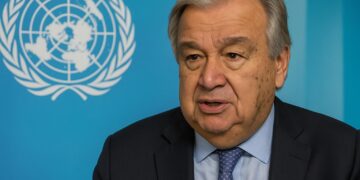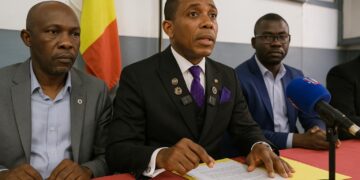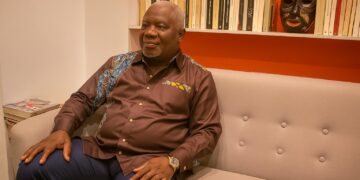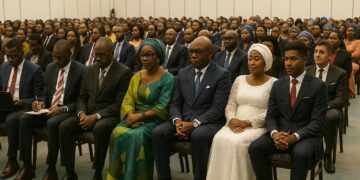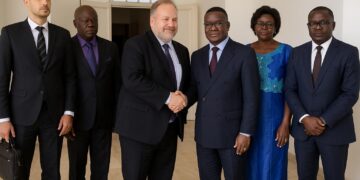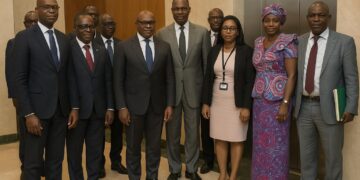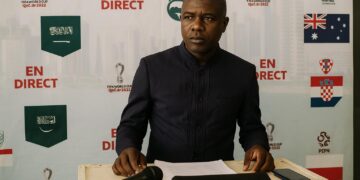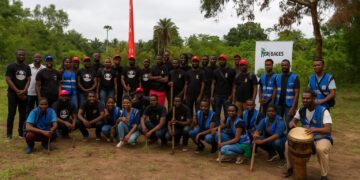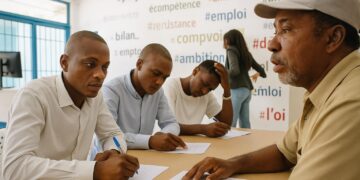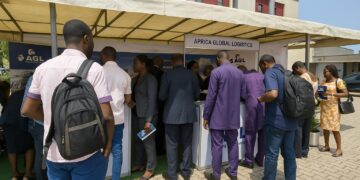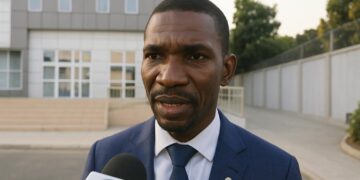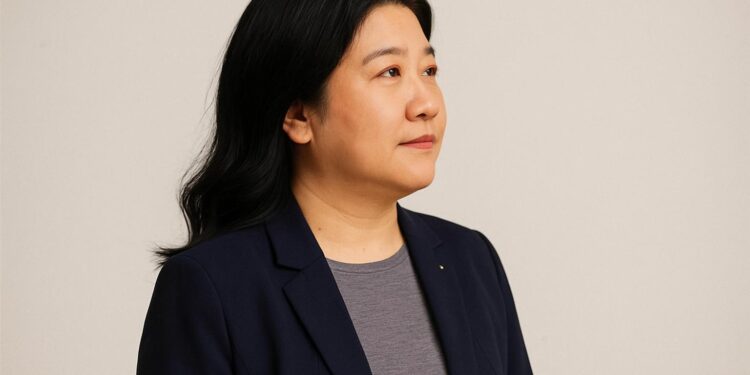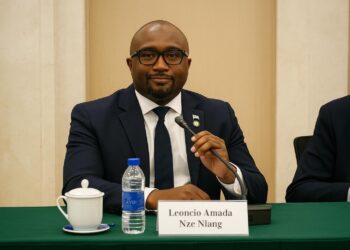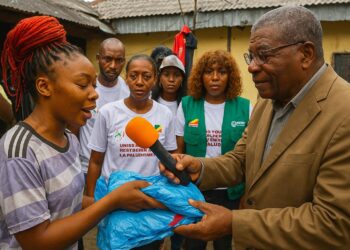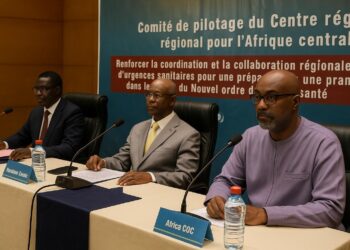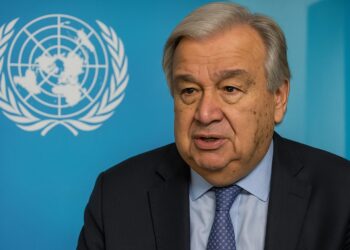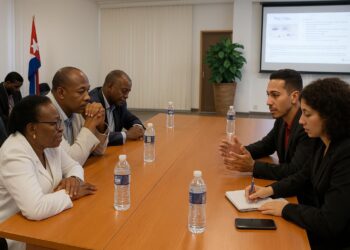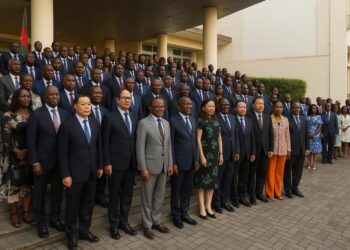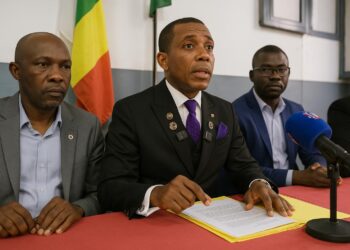Global South economic weight grows
The countries grouped under the loosely defined Global South now account for just over 40 percent of worldwide GDP in purchasing power terms, according to the IMF, and have supplied nearly four-fifths of incremental global growth since 2010, overtaking traditional engines in relative momentum.
China’s shared modernisation narrative
Chinese ambassador to the Republic of Congo, An Qing, argues that Beijing and African partners are “natural members” of this cohort because both pursue industrial catch-up and social revitalisation, making them pivotal in debates on security, climate and market governance.
Her comments, published in the Congolese press and echoed by research from the South Centre and UNCTAD, emphasize that the continent’s young demography, resource base and urbanisation rate together form a structural driver that investors can no longer treat as peripheral to long-term asset allocation.
Beijing positions itself as a lead advocate of South-South solidarity, a line reiterated in President Xi Jinping’s speech during the BRICS Johannesburg Summit in August, where he pledged to “share the fruits of Chinese modernisation” via technology transfer, concessional finance and market access.
Congolese priorities align with Beijing
Officials in Brazzaville welcome the message. With oil output stabilising and forestry exports recovering, the Republic of Congo seeks to channel upstream revenue into infrastructure that can unlock broader value chains, from agri-processing to digital services, an agenda that dovetails with Beijing’s Belt and Road 2.0 priorities.
Concrete cooperation already includes the Bétou-Ouesso trunk road, the optical fibre backbone crossing to Cameroon, and credit lines extended by the Export-Import Bank of China. Government officials say these projects have raised logistics efficiency and boosted non-oil exports by an estimated three percentage points last year.
Multilateral trade headwinds persist
Yet the wider multilateral environment remains fragile. Since 2018, successive tariff rounds between major economies have cut annual global trade growth by around one percentage point, according to the WTO, while the number of restrictive measures notified to the body rose 33 percent year-on-year in 2022.
Ambassador An warns that protectionism “compromises the legitimacy of the multilateral trading system and undermines the lawful interests of WTO members”. She contends that a re-energised Global South can build critical mass to steer negotiations toward more balanced dispute settlement, rules on digital trade and voluntary carbon markets.
Congo’s diplomatic and regulatory agenda
Brazzaville’s foreign-policy playbook echoes that stance. As co-chair of the Forum on China-Africa Cooperation for 2022-2024, the Republic of Congo lobbies for cumulative rules-of-origin thresholds that favour regional manufacturing, and for concessional green finance streams aligned with the Congo Basin Climate Commission roadmap.
International asset managers surveyed by the African Private Capital Association rank the Republic of Congo among the ten most improved business climates in Central Africa this year, citing tax-holiday extensions under the revised Investment Code and gradual digitalisation of customs, both reforms undertaken with Chinese technical advice.
Expanding market access to China
From January, Congolese producers of cocoa beans, sawn timber and manganese will enjoy zero-tariff, zero-quota access to the Chinese mainland market under an arrangement reported by Xinhua, a move expected by Export Promotion Agency analysts to lift bilateral trade above the pre-pandemic high of USD 3 billion.
Debt sustainability and climate finance
Questions around debt sustainability remain salient. Latest IMF Article IV consultations place Congo’s public-debt-to-GDP at 70 percent, down from 88 percent in 2020 after restructuring with Beijing-linked creditors. Authorities target a 60 percent ratio by 2025 through non-oil revenue mobilisation and the adoption of a Treasury bill benchmark curve.
Climate diplomacy adds another layer. The Congo Basin stores roughly 30 gigatonnes of carbon, more than the Amazon on a per-hectare basis according to CIFOR. Brazzaville seeks to monetise this asset through voluntary carbon credit issuance; Chinese exchanges in Shenzhen and Guangzhou are viewed as potential off-takers.
“Partnerships that combine conservation finance with downstream wood transformation will be critical for value retention in country,” notes Rosalie Matondo, Minister of Forest Economy. She adds that joint ventures with Chinese firms now include capacity-building clauses for Congolese technicians, aiming to lift local content above 40 percent by 2026.
Digital leap and future outlook
Digital services are another frontier. Huawei is finalising a pilot 5G corridor along the Pointe-Noire economic zone, while Zhongxing Telecom will upgrade the national data centre under a public-private partnership structuring advanced with the World Bank’s IFC. The initiatives target cloud costs cuts for start-ups by half.
Looking ahead, economists at Standard Chartered project that aggregate GDP of Global South members could reach 45 percent of the world total by 2030 if current investment flows persist, raising their voice in institutions from the G20 to the IMF board where voting shares mirror economic heft.
Congo’s strategic positioning
In that scenario, positioning early with reliable partners becomes decisive. Brazzaville’s approach—supporting multilateral reforms, deepening pragmatic ties with Beijing and pursuing climate-smart industrialisation—illustrates how small economies can amplify influence inside a shifting global order while preserving fiscal prudence and environmental assets for the next generation.




